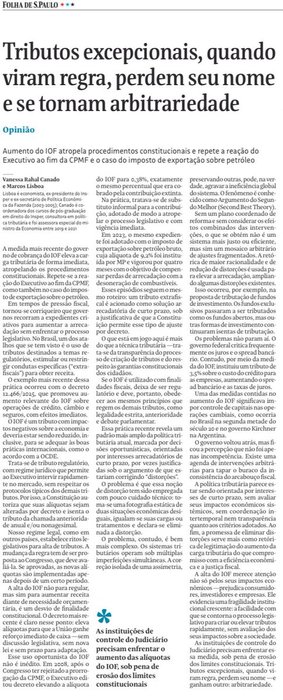Sublime
An inspiration engine for ideas
Embracing Paradox
Investment Principles.pdf
drive.google.com
In 1906, economist Vilfredo Pareto discovered what became the “Pareto principle,” or the 80-20 rule, when he noticed that 20% of the people owned 80% of the land in Italy—a phenomenon that he found just as natural as the fact that 20% of the peapods in his garden produced 80% of the peas.
Peter Thiel, Blake Masters • Zero to One

do ponto de vista da formação de um portfólio, a premissa básica reside na natureza da curva exponencial que caracteriza o retorno de venture capital. Ou seja, o que importa é a magnitude do ganho e não a frequência das perdas.
Tallis Gomes • Nada Easy: O passo a passo de como combinei gestão, inovação e criatividade para levar minha empresa a 35 países em 4 anos (Portuguese Edition)
Vilfredo Pareto is said to have noticed that 80 percent of Italy’s land was owned by just 20 percent of its people, and that 80 percent of the peas yielded by his garden came from just 20 percent of his peapods.
Anand Giridharadas • Winners Take All: The Elite Charade of Changing the World
um Estado eficiente é aquele que expressa os incentivos possíveis ao empreendedorismo, mas que também deve ser beneficiado pela inovação.
Victor Cabral Fonseca • Direito das Startups (Portuguese Edition)
When I teach leadership seminars, I always teach what’s known as the Pareto (80/20) Principle: In a nutshell, it says that if you focus your attention on the top 20 percent in anything you do, you will get an 80 percent return.